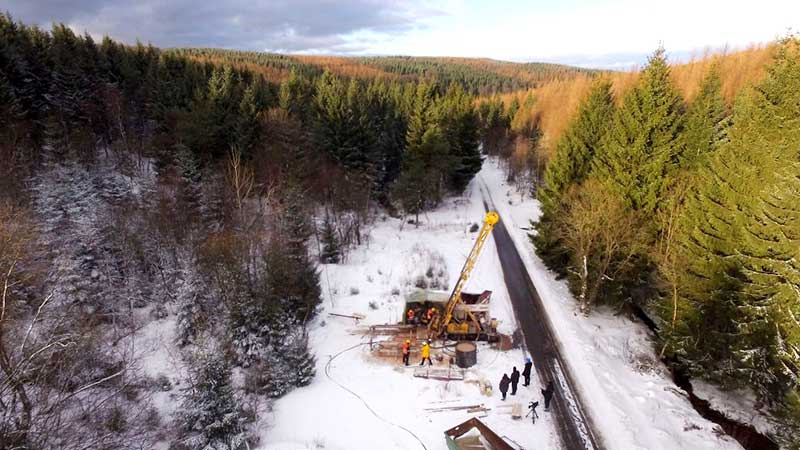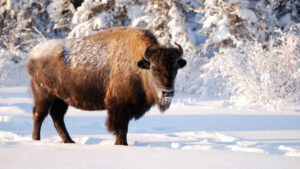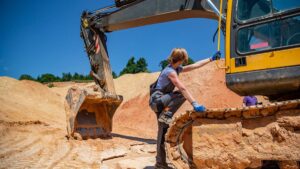Vital Metals joins the battery metals race in hunt for German cobalt

A mining operation in the historic Ore Mountains of south-west Germany. Pic: Getty
Junior tungsten play Vital Metals is taking a punt on one of the popular battery metals and is beginning its hunt in Germany.
Vital (ASX:VML) told investors it will begin exploration at its Aue project, next door to the previously operational Schneeberg mine that is estimated to have produced more than 12,000 tonnes of cobalt.
The company picked up the project three years ago for its tungsten potential.
The project is in a historic cobalt mining centre, where mining has been underway since the 16th century. During World War II, focus turned to uranium for bombs and tungsten for weapons.
“It was a blinkered, narrow focus,” Vital managing director Mark Strizek told Stockhead.
“They were either into uranium – there is uranium around there as well – or there was tungsten and nothing else got looked at or sampled,” Mr Strizek said.
Vital’s Aue project is surrounded by five small-scale, past-producing cobalt mines that host the same type of ore as the Schneeberg mine, which produced high grades of 1 per cent to 3 per cent.
Cobalt grades above 0.1 per cent are considered economic. Grades above 0.2 per cent are average and grades of 0.3 per cent and above are considered very good, especially with scale.
Cobalt is derived from the German word “Kobold”, which means Goblin. Like the creature from European folklore, cobalt caused mischief for miners when they tried to refine it.

Traditionally, cobalt was used to produce blue porcelain and glass.
However, the commodity that has excited investors in the past few years is a now key component in the lithium ion batteries used to power electric vehicles.
One billion electric cars are expected to be on the road by 2050 and cobalt demand is expected to grow eight-fold by 2025.
And while Vital Metals is focused on bringing its development-ready Watershed tungsten project in Queensland into production, the company sees an opportunity to break into cobalt.
“We’ve got Watershed which we’ve been progressing, but you’ve got to look at the opportunities,” Mr Strizek said.
“As a start it’s an area that was an historic cobalt mining centre, which isn’t a bad start.
“After reviewing the data we have on Aue, we are confident that using modern exploration techniques we can unlock its potential as a cobalt play.”
- Bookmark this link for small cap breaking news
- Discuss small cap news in our Facebook group
- Follow us on Facebook or Twitter
- Subscribe to our daily newsletter
UNLOCK INSIGHTS
Discover the untold stories of emerging ASX stocks.
Daily news and expert analysis, it's free to subscribe.
By proceeding, you confirm you understand that we handle personal information in accordance with our Privacy Policy.








